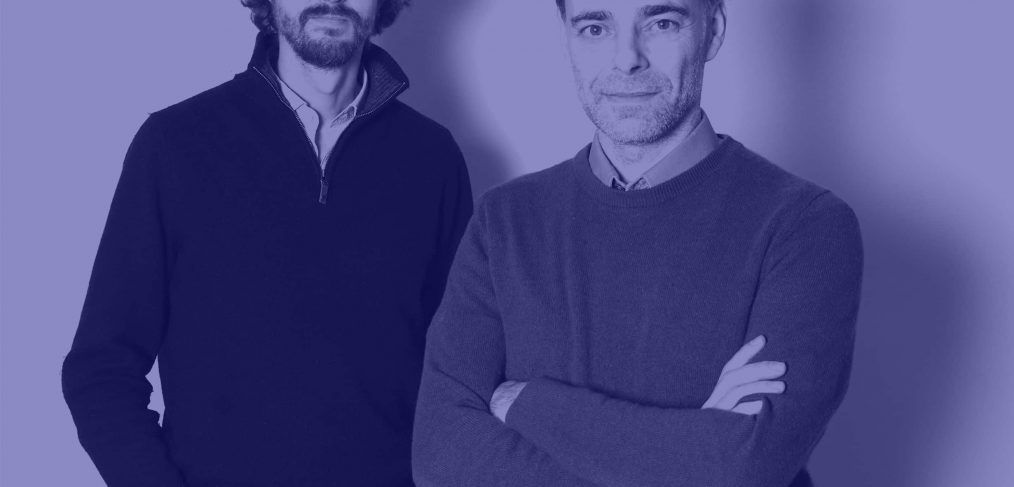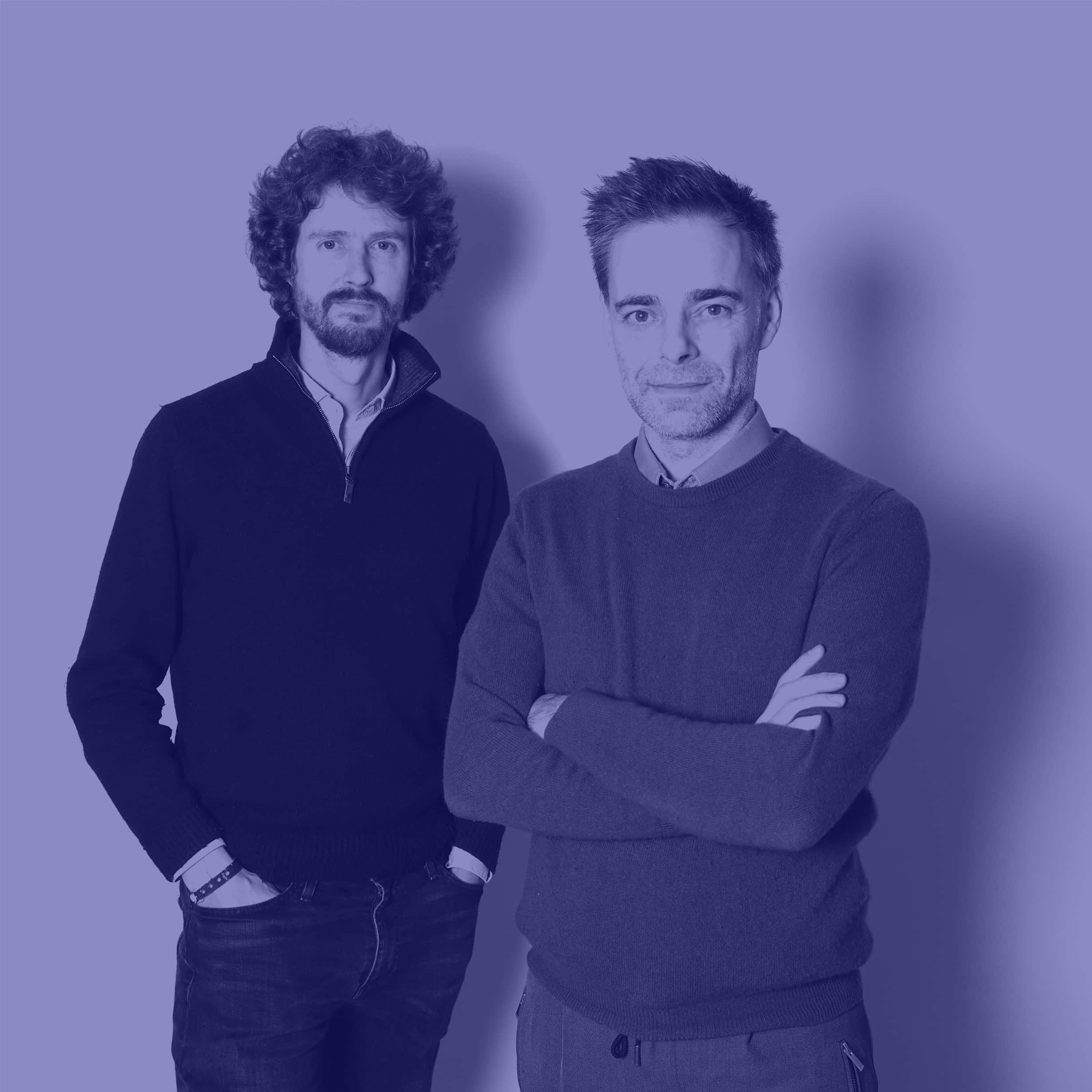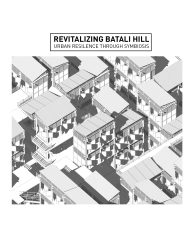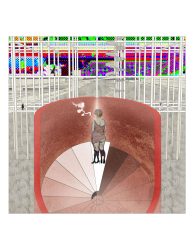
Interview with Gilles Delalex & Yves Moreau
Briefly introduce yourself and tell us a bit more about your practice. What do you work on? What are the issues you aim to address in your profession?
The office was created in 2003 in Paris. It was then involved in artistic and research activities. It then developped into an architecture office by getting commissions mainly through public competitions. Today, the office includes about twenty people and works on both public and private projects. We have no particular specialization. Every new project is conceived as a new subject of research. Along the years, we have developped an approach that favours appropriable, low-cost and low-tech structures that can evolve through time. We are often contacted for that, but we enjoy working on new subjects such installations, books and new kinds of buildings, like churches, or monuments. We are also working several urban studies. The office has worked mainly in France is now developping several projects in Europe.
For every built project there are plenty that never leave the drawing board. Would you agree that these unbuilt projects can be a vital part of any architect’s design process? What lessons can we take from unbuilt architecture?
Indeed, few of the projects that we study get built in the end. There is a great proportion of studies. But we conceive them as fundamental part of the job. They all specific moments of research where you can explore new material, new concepts. We see them as opportunities to focuss, or to expand our spectrum of research and experimentation.
Do you prefer the competition experience over a commission, generally?
Both are good for us. It really depends on the commission and the client. We have done a lot of competition, and we have had access to direct commission more recently. The process is different. There are more discussions, more debates. The result is less controllable, in our sens, but that’s interesting as well.
What is for you the architect’s most important tool? And what is the power of the architectural imaginary?
Well, as you suggest the imaginary is a tool, and indeed the moste important one for us. We serch of lot for references and stories. Architects have this capacity to imagine new worlds. Not just new buildings and objects. And for that, the may search in many domains outside architecture itself, like novels, cinema, theory, personnal experiences, art and so one. Any new story can be goof. It does not matter where it comes from.
When judging a project, which aspects do you consider first?
We look at how surprising it is. And how beautiful too.
Could you please share some pearls of wisdom for young designers? What are your suggestions to young, up and coming designers?
Don’t believe the hype. When someone says something will be the future, the only we be can sure of is that it won’t. And who cares about the future, the past and the present. The only thing you want is to find something else, to travel somewhere you haven’t been to before.





